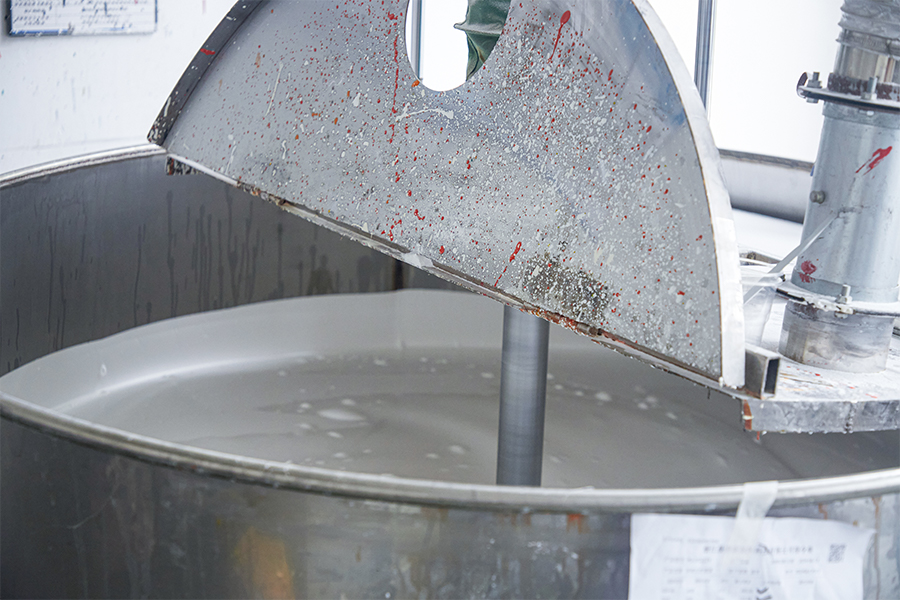When selecting coatings for industrial use, understanding the differences between water based coating and oil based coating is essential for making an informed choice. Both types serve critical roles in protecting and finishing metal surfaces, but their properties, environmental impacts, and application methods differ significantly.
Composition and Environmental Impact
Water-based coatings primarily use water as the solvent to carry the resin and pigments. This results in significantly lower levels of volatile organic compounds (VOCs) released during application and drying. Reduced VOC emissions mean improved air quality in production facilities and compliance with increasingly stringent environmental regulations.
In contrast, oil-based coatings rely on organic solvents, such as hydrocarbons, as carriers. These solvents evaporate during curing, releasing higher levels of VOCs, which contribute to air pollution and may require more extensive emission control measures.

Application and Drying Process
The application techniques for water-based and oil-based coatings often overlap, including spray, roll, or dip coating. However, drying characteristics vary. Water-based coatings usually dry faster due to the evaporation of water, which is less flammable and less hazardous than organic solvents. It can cause shorter production cycles and lower fire risks in the workplace.
Oil-based coatings, on the other hand, generally require longer drying times because organic solvents evaporate more slowly. They may also demand more careful handling and ventilation to manage fumes safely.
- Performance and Durability
Historically, oil-based coatings were favored for their robust adhesion, hardness, and chemical resistance. They tend to provide good protection in harsh environments, making them suitable for heavy-duty applications.
Water-based coatings have improved substantially in recent years. Modern formulations can now match many performance metrics of oil-based products, including weather resistance, flexibility, and durability. For example, advanced water-based polyester coatings have demonstrated weathering lifespans from 5 to 20 years, depending on the specific formulation and substrate.
- Maintenance and Cleanup
One of the practical advantages of water-based coatings is the ease of cleanup. Tools and equipment can often be cleaned with water, reducing the need for hazardous solvents and lowering operational costs. Oil based coatings require solvents like mineral spirits for cleanup, which are flammable and pose additional safety and environmental challenges.
- Cost Considerations
Cost differences between water-based and oil-based coatings vary depending on the product and application. Water-based coatings can sometimes have higher initial material costs, but savings in environmental compliance, ventilation, and waste disposal may offset these expenses. Oil-based coatings might be less expensive per unit but could incur higher costs related to health, safety, and emissions control.
Making the Right Choice
The choice between water-based and oil-based coatings ultimately depends on multiple factors:
Environmental regulations and sustainability goals
Desired coating performance and durability
Production speed and drying times
Safety and workplace conditions
Total lifecycle costs
Coil coating plants and other manufacturers need to balance these elements carefully. While water-based coatings are increasingly favored for their lower environmental impact, oil-based coatings still offer advantages in specific heavy-duty or specialized applications.
Understanding the distinctions between water-based and oil-based coatings helps decision-makers select the right product for their unique needs. As water-based coating technologies continue to advance, their role in industrial applications will likely expand, especially where sustainability and safety are priorities.


 English
English русский
русский Español
Español Português
Português عربى
عربى
